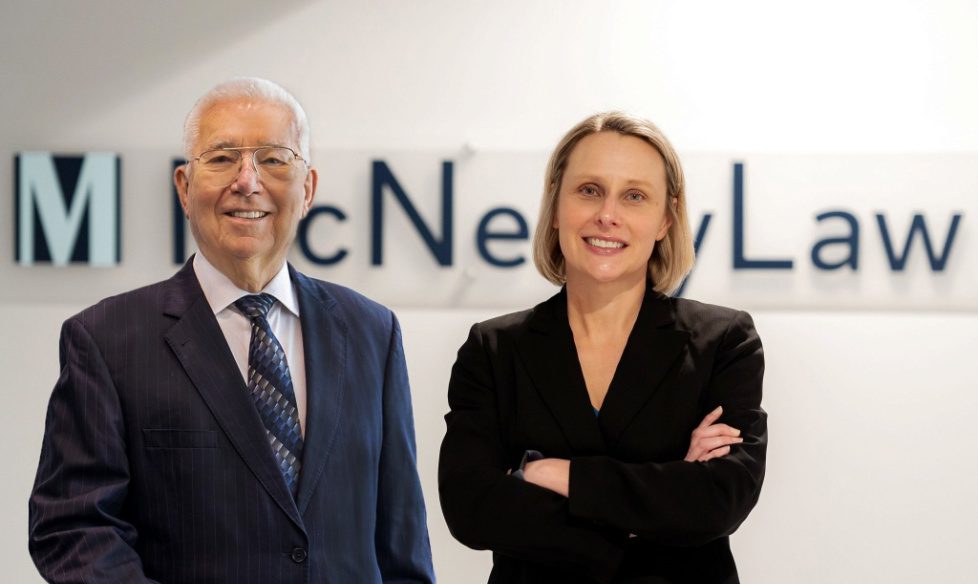news & events
Assumption of Liability in an Asset Purchase
When a company purchases the assets of another company, the general rule is that all debts and liabilities of the selling company will remain with it and are not assumed by the buying company. However, this general rule has four exceptions that do allow for a company’s debts and liabilities to be assumed by the buyer of the assets. Courts will look to the structure of a transaction to determine whether or not successor liability exists under any of the following exceptions.
Exception 1: There is an implied or express agreement to assume obligations
This is the most common exception to this general rule. When a purchaser of a company’s assets negotiations with the seller, it may choose to expressly or impliedly assume some or all of the seller’s existing liabilities and debts within their asset purchase agreement. U.S. Automatic Sprinkler Co. v. Reliable Automatic Sprinkle Co., 719 F.Supp.2d 1020 (2010).
More commonly, though, buyers will insert provisions that expressly negate all assumption of liability. Courts will not find an implied assumption of liability when contract provisions expressly negate assuming liability. Id. For example, the language present in the Asset Purchase Agreement in U.S. Automatic Sprinkler Co. excludes the assumption of “any liability arising out of or relating to a breach” that occurs prior to their closing date. Id.
Similar language was present in Winkler v. V.G. Reed & Sons, Inc., a case that dealt with the assumption of the selling company’s employment contracts. Here, the Asset Purchase Agreement contained language stating “Buyer shall not assume or be liable for any liability or obligation of Seller arising out of . . . Any and all agreements of employment.” 638 N.E.2d 1228, 1232 (1994). When determining if a buyer has expressly negated the assumption of debts and liabilities, courts will examine this language on a case-by-case basis.
Exception 2: The sale of assets is made with fraudulent intent for the purpose of escaping liability.
This exception applies when the sale of a seller’s assets was made with fraudulent intent or in bad faith. For example, a seller will attempt to sell the assets of their company as a way to escape liability in relation to those assets. Fraudulent intent can be determined by several factors called “badges of fraud.” Some of these include the transfer of assets by a seller during a pending lawsuit, transfer of property that would render the seller insolvent, a series of transactions that strip the seller of all property available for collection on a judgment, secret or rushed transactions, or transactions that differ from customary methods in such a way that signal an ulterior motive. Lee’s Ready Mix and Trucking, Inc. v. Creech, 660 N.E.2d 1033, 1038 (1996).
Exception 3: The purchase of the assets is a de facto consolidation or merger.
A purchase of assets might be considered a de facto merger in some cases. To prove an allegation of de facto merger in Indiana, one must show: 1) continuity of ownership, 2) continuity of management, personnel, and physical operation, 3) cessation of ordinary business practices and dissolution of the predecessor, and 4) assumption by the successor of the liabilities ordinarily necessary for the uninterrupted continuation of the business of predecessor. The Court in U.S. Automatic Sprinkler Co. held that a key factor in determining whether an asset sale is actually a de facto merger is whether assets are traded for stock, not for cash. Id. at 1029. If a de facto merger of corporations is found to exist, the buyer of the assets will assume the liabilities and debts of the company selling the assets.
Exception 4: The buyer of the assets is a mere continuation of the seller.
If a court finds that the buyer of a company’s assets is a “mere continuation” of the seller of the assets, the buyer will assume the seller’s liabilities and debts. To determine whether a buyer is a mere continuation of the selling corporation, Indiana courts will not look to the continuation of the business operation. Instead, they will look to the continuation of the corporate entity, taking into consideration a common identity of officers, directors, and/or stockholders and the existence of only one corporation at the completion of the transfer. Simply stated, the purchaser of the assets might just be a “new hat” for the seller. Patin v. Thoroughbred Power Boats, 294 F.3d 640, 650 (5th Cir. 2002). When this occurs, courts will likely find that the buyer was a continuation of the seller, and the debts and liabilities of the selling entity will transfer to the buyer of the assets.
This exception will only apply when one entity exists at the end of a transaction. The sale of intellectual property like tradenames or logos does not always indicate that the buyer is a mere continuation of the selling entity, though that factor can be evaluated in light of the circumstances present around the deal. For example, if a tradename or logo is sold in the deal, and the buyer of the assets begins to use it as its own, successor liability may follow. However, even when the tradename is an asset sold in the deal and a seller ceases operation, the mere continuation exception will not apply when the company who sold the assets was not completely dissolved. See State Farm Fire & Cas. O. v. Main Bros. Oil Co., 101 A.D.3d 1575 (2012).
Questions about an assetacquisition? Concerned about potential liability? Contact our experienced business law attorneys at (317) 825-5110 to discuss your plans and how we can help you mitigate potential liability.
This McNeelyLaw LLP publication should not be construed as legal advice or legal opinion of any specific facts or circumstances. The contents are intended for general informational purposes only, and you are urged to consult your own lawyer on any specific legal questions you may have concerning your situation.
Welcome To Our Blog. Looking for a specific post?


